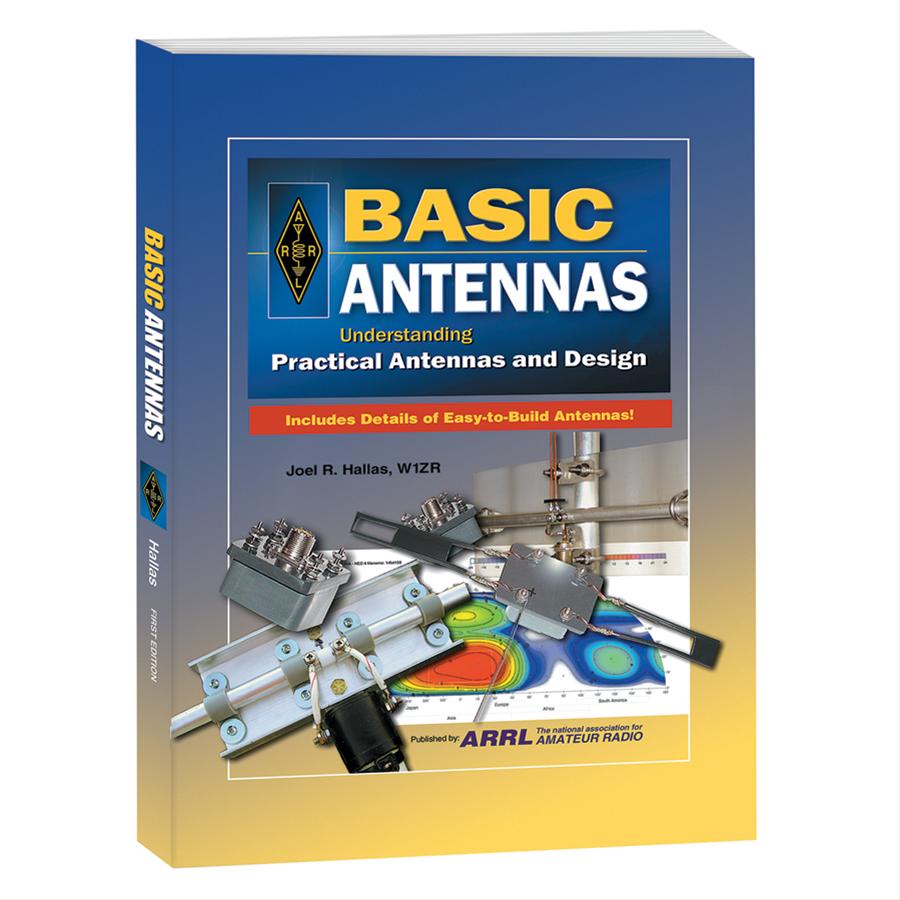You’ve finally earned that license and now it’s time to get on the air. Hooray! But you need gear, and your piggy bank hasn’t blossomed enough to afford those shiny new radios you’ve had your eye on since you started studying. But there’s no need to fear…you can enjoy Ham radio even if your budget is tight. Here are three solid tips on how you can get on the radio and start enjoying the hobby you love.
Identify Your Needs
As pop star Joe Jackson once sang, “You can’t get what you want, till you know what you want.” If your budget is tight, identify what type of operating you want to focus on and target your gear purchases to that style of operating. You’ll save yourself a lot of grief and anguish–and money, too–by not purchasing gear for bands and modes you won’t use as frequently. If you’re a new Technician and not very keen on HF operating for now, then there’s no need to buy an HF radio. Focus your efforts on finding a quality, brand-name handheld transceiver that has the features you want at a price you can afford. Some HTs can be found for as little as $75. No need for VHF/UHF in your Ham radio world? Focus on rigs that are strictly HF (like the Icom IC-718 HF All Band Base Station Transceiver) and leave the DC-to-Daylight radios for someone who wants them. And look for manufacturer sales, and instant and mail-in rebates when available.
Buy Used Gear
There are tons of used radio gear for sale out there. And last time I checked, the older radios are still capable of making contacts on the same Ham radio frequencies as the latest and greatest transceivers. There are a lot of old transceivers out there that may make a great first radio for the cost-conscious Ham.So where do you find used gear? The first place I would look is within the local Ham radio community. If you have a club in your area, see if anybody is selling gear that you’re interested in. Check in to the net on your local repeater and announce you’re looking for some gear, or write a post on your club’s email list or in their Facebook group, if it has one. There are also many Ham radio classified sites where used gear is listed. QRZ and eHam both have online gear listings, and QTH.com’s classifieds are pretty good as well.
Of course, “Buyer Beware” definitely applies when purchasing used gear. So how do you know if the radio you’re buying is good or the person you’re buying it from is reputable? If you’re staying within your own club, talk to members you trust and get their opinion of the person you may be buying from. If you’re buying online, look at the ratings of any previous sales the seller has. QRZ’s online swapmeet has a section for people who have been less than reputable when selling gear; check to see if the person you’re buying from has any complaints against them. If you’re not sure, ask a knowledgeable Ham you trust to examine the gear or interact with the seller. While no method can be 100% successful at identifying a less-than-honest seller of used gear, you can minimize your risk significantly by doing your homework on the seller and asking for assistance from another Ham if you need it.
There’s lots of used gear in the world of Ham radio. With a few simple, common-sense moves to protect yourself, you can find a good deal on a used radio that will make contacts just as well as the newest floor model.

Homebrew What You Can
Ham radio is a technical hobby. If you’re running low on funds but have the enthusiasm and desire to get on the air, consider building parts of your station to get started. This doesn’t necessarily mean building your radio from scratch (though it would be cool if you did!). There’s plenty of items you can make yourself and save money for other parts of your station. Antennas are the easiest; dipoles and wire verticals are not difficult to build, and you can get the parts online from DX Engineering. You can build a half-wave dipole for a fraction of what you’d pay to buy one, and you would learn something in the process. Check out the ARRL book, Basic Antennas, for how-to guides on building some easy and effective wire antennas to get you on the air for cheap.
You can also buy Ham radio transceiver kits. Most of them are low transmit power (QRP) radios, and I wouldn’t generally recommend QRP as the way for a new Ham to get on the air for the first time. Nevertheless, if you are up for the challenge of QRP, many transceiver kits are available.
There are plenty of ways you can get on the air on a budget. Follow these guidelines I’ve listed here and be on your way to being an active Ham radio operator! Got a tip on budget-friendly Ham radio? Post a comment here or drop me a line on Twitter [@seankutzko]!

